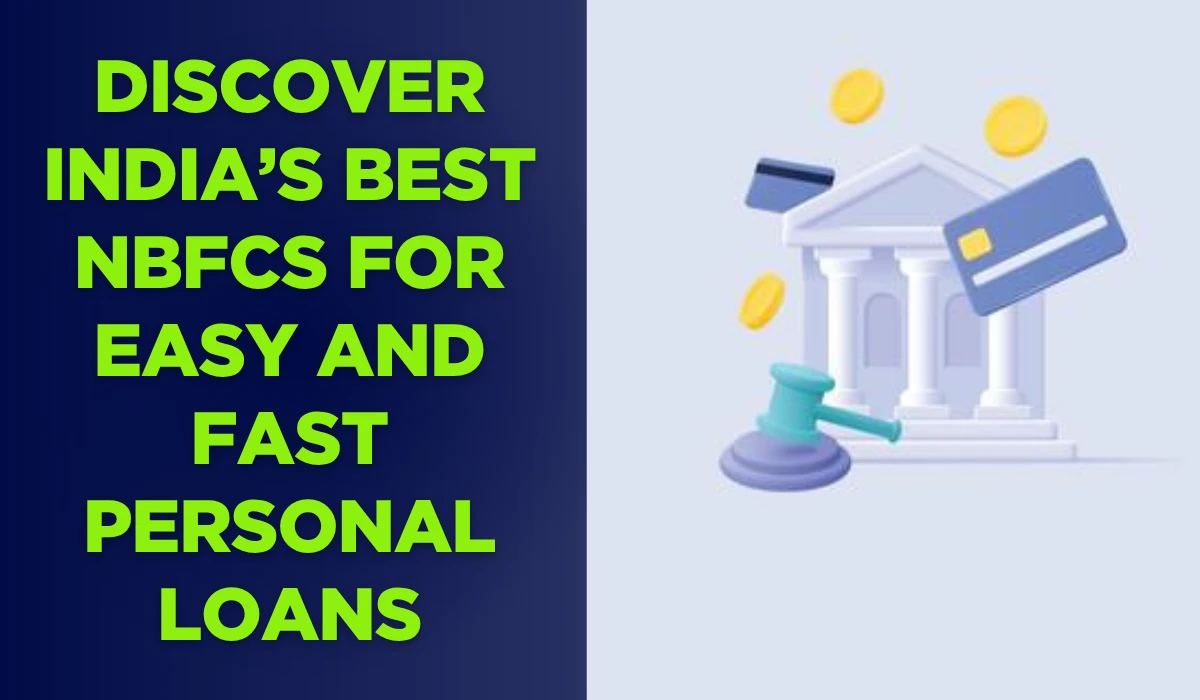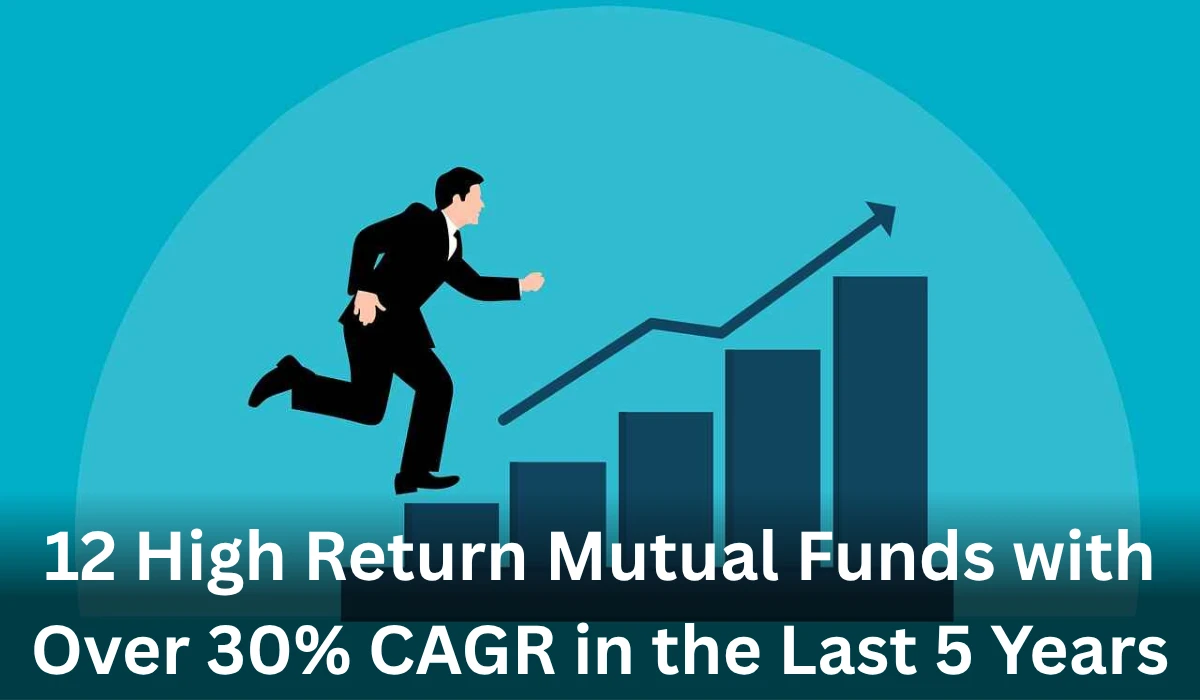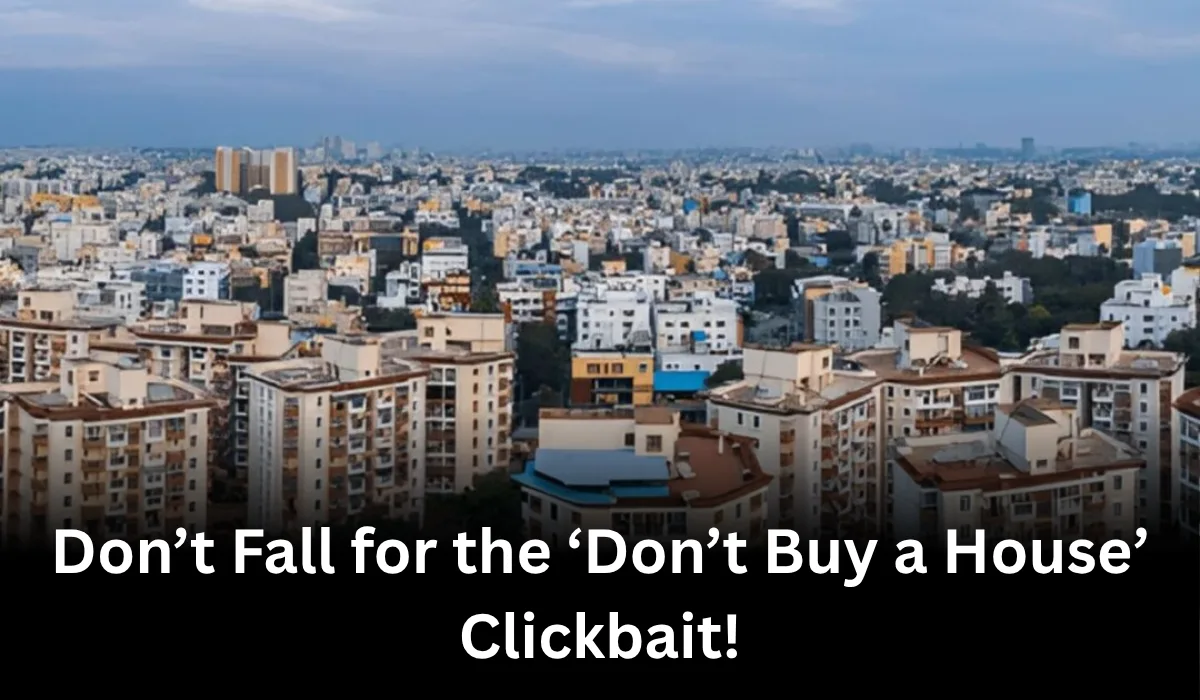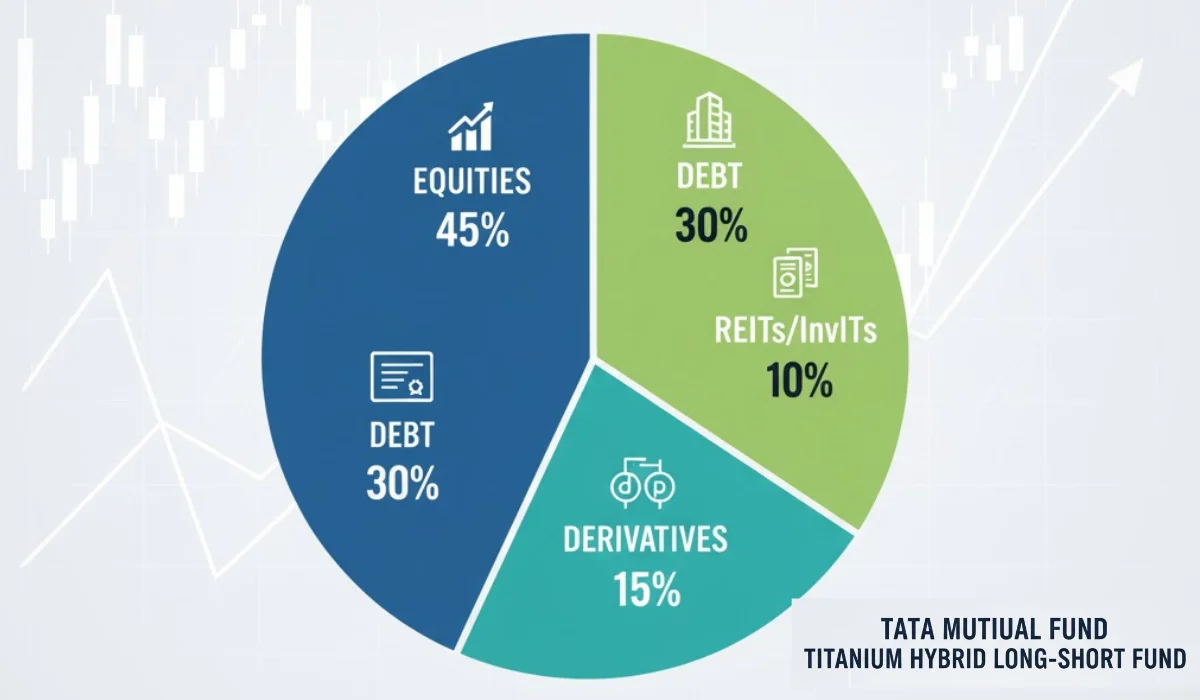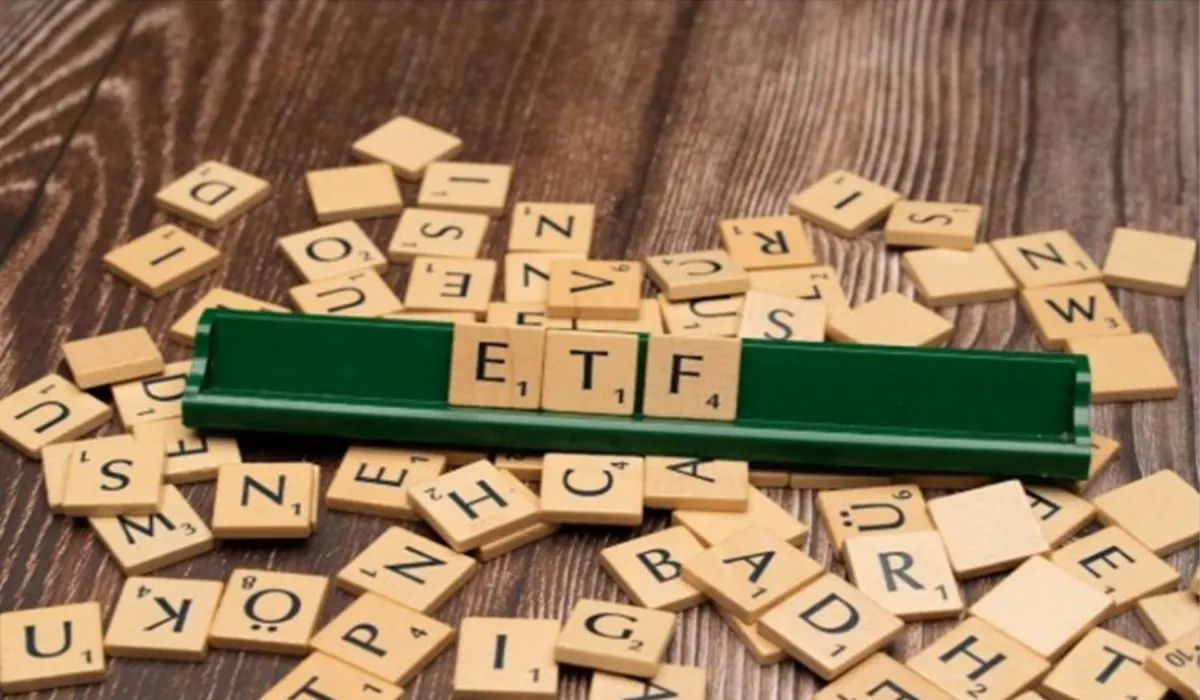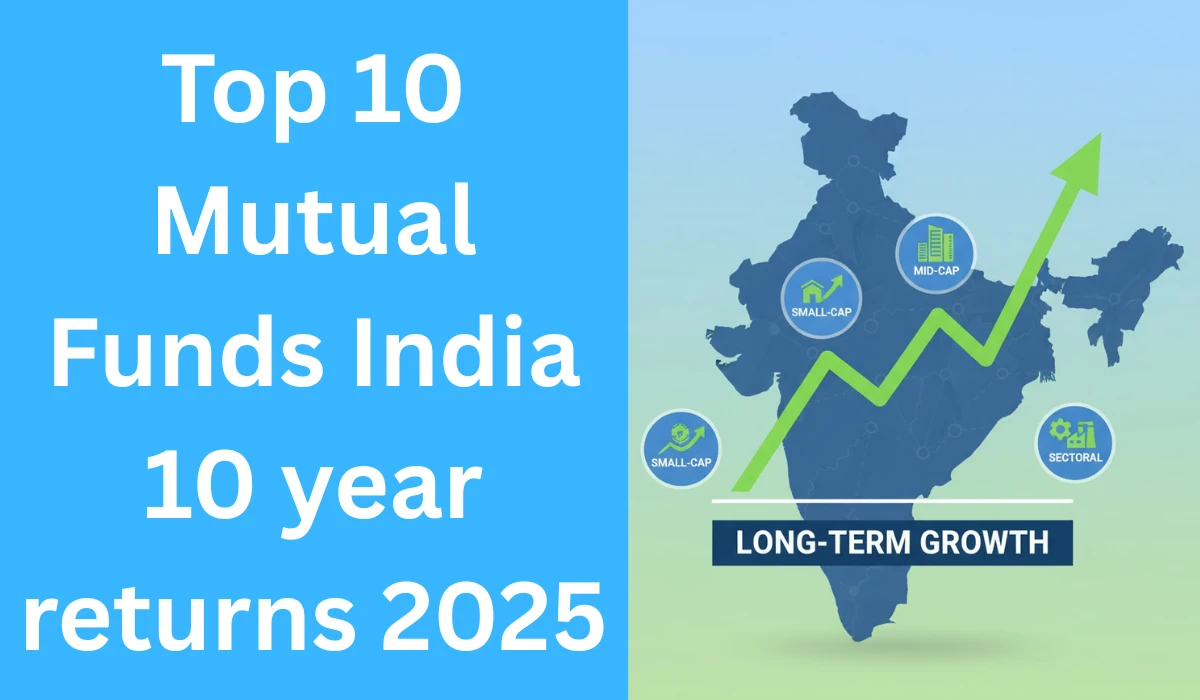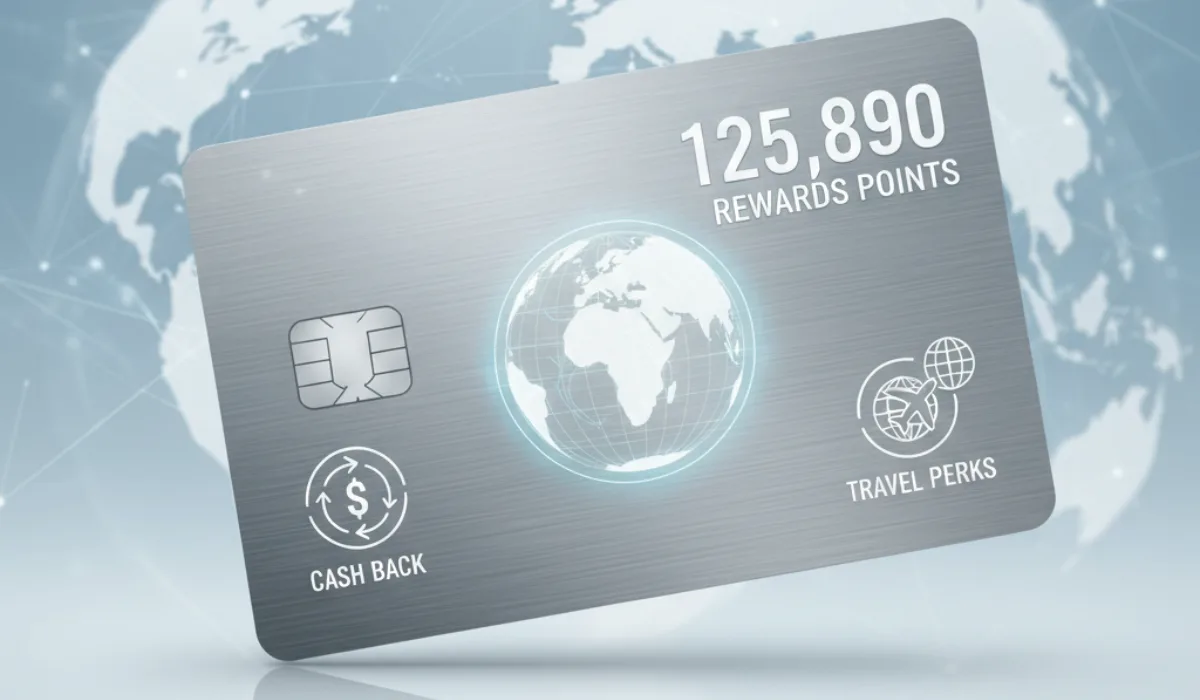The Rising Role of NBFCs in India's Personal Lending Market
India's personal loan sector has seen robust growth in 2025. Disbursements reached ₹2.5 lakh crore in the first half, up 25% from last year. This surge reflects rising consumer confidence amid steady GDP growth at 7.2%.
NBFCs hold a 35% market share. They excel in serving underserved segments, including gig workers and rural borrowers. Unlike banks, NBFCs process applications digitally, reducing turnaround to under 24 hours.
RBI data shows NBFC loan books expanded 18% year-on-year. This stems from flexible criteria and tech integration. However, recent regulations aim to curb risks in unsecured lending.
Borrowers benefit from tailored products. Salaried employees access higher limits, while self-employed get quick approvals. Yet, with average rates at 14-18%, prudent borrowing remains key.
What Defines a Non-Banking Financial Company (NBFC)?
NBFCs operate without banking licenses. Registered under the Companies Act, 2013, they provide loans, investments, and insurance. RBI oversees them to ensure stability.
Over 9,500 NBFCs exist in India as of 2025. They cannot accept demand deposits or issue cheques, distinguishing them from banks. This limits funding sources but fosters innovation.
RBI classifies NBFCs into layers. Upper Layer faces stricter norms, including higher capital buffers. Base Layer enjoys lighter touch, suiting small lenders.
Key Facts Statement (KFS) mandates transparency. It outlines principal, interest, fees, and tenure. Borrowers receive this pre-disbursal, aiding informed decisions.
NBFCs fund via bonds, commercial papers, and bank loans. In 2025, bond issuances hit ₹1.2 lakh crore, supporting expansion.
RBI's 2025 Regulations Shaping NBFC Personal Loans
RBI's Digital Lending Directions, 2025, effective May, consolidate guidelines. They repeal 2022 rules, focusing on fair practices and data security.
Lenders must obtain explicit consent for data access. Apps display all partners without bias. Key borrower info—age, income, occupation—forms credit assessment basis.
Grievance redressal timelines shrink to 30 days. RBI publishes compliant entities' lists, boosting trust.
Risk weights on unsecured loans rose to 125% from 100%. This curbs aggressive lending but may hike rates slightly.
Co-lending norms mandate 10% retention per entity. Effective January 2026, this expands to all regulated players, enhancing priority sector reach.
Default Loss Guarantees (DLGs) from fintechs exclude provisioning benefits. NBFCs provision fully on such loans, curbing evergreening.
Project finance harmonization standardizes stress resolution. DCCO extensions ease infrastructure funding.
These changes promote inclusion while mitigating systemic risks. Borrowers gain protections; lenders adapt via tech.
Why Opt for NBFC Personal Loans Over Bank Loans?
NBFCs shine in speed. Approvals occur in minutes; banks take days. Digital KYC verifies via Aadhaar, e-sign.
Eligibility flexes for varied profiles. Minimum income dips to ₹15,000 monthly versus banks' ₹25,000. Credit scores below 700 qualify with co-applicants.
Loan amounts scale higher for some. Bajaj offers ₹55 lakhs; banks cap at ₹40 lakhs typically.
No collateral eases access. Unsecured nature suits emergencies like medical bills or travel.
Processing fees range 1-3%, competitive with banks. Prepayment penalties, often nil post-six months, aid early closure.
Rural penetration excels. HDB Financial's 1,600 branches serve Tier-3 towns, where banks lag.
Drawbacks include higher rates for low scores. Average NBFC rate: 15.5% versus banks' 11%. Yet, for quick needs, convenience outweighs.
In 2025, fintech integration boosts. AI-driven eligibility checks personalize offers.
Top 9 NBFCs for Personal Loans in India: Detailed Comparison
India boasts diverse NBFCs. Selection criteria include AUM, approval rates, digital maturity, and borrower reviews. Below, nine leaders stand out.
Each offers unique edges. From high limits to app-based disbursals, they address varied needs.
Bajaj Finance: High Limits and Instant Approvals
Bajaj Finance, founded 1987, manages ₹3.3 lakh crore AUM. It disbursed ₹1 lakh crore in personal loans last fiscal.
Loan range: ₹22,000-₹55 lakhs. Tenure: 6-96 months. Rates: 10-31% p.a.
Salaried applicants need ₹3 lakh annual income; self-employed, ₹4 lakh. Age: 21-80 years.
Zero foreclosure after six EMIs. Processing fee: Up to 4.72%.
Digital app handles end-to-end. 2025 saw 40% growth in instant loans.
Ideal for large needs like home renovation. 98% approval rate cements trust.
Tata Capital: Transparent Terms and Flexible EMIs
Tata Capital, part of 150-year Tata Group, focuses ethics. AUM: ₹1.5 lakh crore.
Offers ₹20,000-₹35 lakhs. Tenure: 12-72 months. Rates: 10.99-24% p.a.
Eligibility: Salaried minimum ₹20,000 monthly; age 23-58. Self-employed welcome.
Hybrid EMI option lowers initial payments. No prepayment penalty post-year one.
Over 700 branches aid semi-urban access. 2025 innovations include voice-assisted apps.
Strong for debt consolidation. Customer NPS scores 75, above industry 60.
Aditya Birla Capital: Nationwide Reach and Simple Processes
Aditya Birla Capital, 2017 spin-off, integrates insurance with lending. AUM: ₹90,000 crore.
Loan: ₹20,000-₹50 lakhs. Tenure: 12-60 months. Rates: 11.99-26% p.a.
Criteria: Credit score 700+; income ₹25,000. Age 21-60.
Minimal docs: PAN, Aadhaar, salary slips. Disbursal: 48 hours.
2025 partnerships with fintechs cut processing 30%. Focus on women borrowers via dedicated schemes.
Versatile for education funding. 85% digital completions enhance usability.
IIFL Finance: Minimal Documentation for Businesses
IIFL Finance, 2007 entrant, targets SMEs. AUM: ₹80,000 crore.
Personal loans: ₹10,000-₹25 lakhs. Tenure: 6-48 months. Rates: 12-30% p.a.
Eligibility: Stable income ₹15,000; age 23-55. Low-score options available.
Gold-secured variants for higher limits. Processing: 1-2%.
2025 rural expansion added 200 branches. Quick for small business needs.
Suits freelancers. Review ratings: 4.2/5 on play store.
HDB Financial Services: HDFC-Backed Rural Focus
HDB, HDFC subsidiary since 2018, eyes IPO 2025. AUM: ₹75,000 crore.
Loan: ₹50,000-₹20 lakhs. Tenure: 12-60 months. Rates: 13-28% p.a.
Salaried: ₹18,000 income; age 21-60. Semi-urban emphasis.
Branch network: 1,600+. Disbursal: Same-day in cities.
2025 micro-loan push for gig economy. Flexible for vehicle add-ons.
Trusted for smaller towns. 19% loan book growth signals momentum.
Hero FinCorp: Hero Group Reliability and Service
Hero FinCorp, 2016 arm of Hero MotoCorp, leverages brand. AUM: ₹45,000 crore.
Offers ₹50,000-₹15 lakhs. Tenure: 12-48 months. Rates: 12.5-26% p.a.
Criteria: Income ₹20,000; age 21-57. Self-employed eligible.
Customer service helpline 24/7. Processing fee: 2%.
2025 digital upgrades via QR codes. Strong in North India.
Perfect for two-wheeler upgrades. High satisfaction: 80% repeat borrowers.
MoneyView: App-Driven Quick Checks
MoneyView, 2014 digital NBFC, specializes apps. AUM: ₹10,000 crore.
Loan: ₹5,000-₹10 lakhs. Tenure: 3-60 months. Rates: 14-24% p.a.
Eligibility: ₹25,000 income; score 650+. Instant eligibility tool.
Paperless process. Disbursal: 24 hours.
2025 AI enhancements predict defaults 20% better. Youth-focused.
Ideal for millennials. 4.5 app rating reflects ease.
Fullerton India: Inclusive for Salaried and Self-Employed
Fullerton, City Group JV, emphasizes inclusion. AUM: ₹20,000 crore.
Loan: ₹20,000-₹25 lakhs. Tenure: 12-48 months. Rates: 13-29% p.a.
Broad criteria: Income ₹15,000; age 23-58. Women priority.
Wide network: 300 branches. Verification: Video KYC.
2025 sustainability loans for green homes. Serves 5 million clients.
Versatile for diverse profiles. Low rejection: 15%.
CASHe: Short-Term for Young Professionals
CASHe, 2016 app-based, targets urban youth. AUM: ₹5,000 crore.
Loan: ₹1,000-₹4 lakhs. Tenure: 3-18 months. Rates: 24-36% p.a.
Eligibility: Score 650+; income ₹15,000. Age 18-55.
Social scoring unique. Instant via app.
2025 gamified repayments. Quick for gadgets.
Suits starters. 90% under-30 users.
Eligibility Criteria Across Leading NBFCs
Common threads bind NBFC criteria. Minimum age: 21-23 years. Maximum: 55-60.
Income threshold: ₹15,000-₹25,000 monthly. Salaried preferred; self-employed need ITRs.
Credit score: 700 ideal, 650 viable. Low scores face higher rates.
Employment stability: Six months minimum. Gig workers qualify via bank statements.
Residency: Indian citizens. Metro dwellers access better limits.
Variations exist. Bajaj demands higher income; Fibe flexes for youth.
Pre-approval tools check sans impact. Women often get concessions.
Step-by-Step Guide to Applying for an NBFC Personal Loan
Start with research. Use aggregators like Paisabazaar for comparisons.
Select 2-3 lenders matching needs. Check rates, fees via EMI calculators.
Verify eligibility online. Input income, score for quotes.
Gather docs: PAN, Aadhaar, salary slips, bank statements (3-6 months).
Apply digitally. Upload via app; e-sign agreement.
Verification follows. Video call or field agent for self-employed.
Approval notifies via SMS. E-sign KFS.
Disbursal credits account: 10 minutes to 3 days.
Track via portal. Set auto-debit for EMIs.
Post-loan, monitor CIBIL. Dispute errors promptly.
Documents Required: Keeping It Minimal and Digital
NBFCs prioritize paperless. Core docs: PAN, Aadhaar for KYC.
Address proof: Utility bill, rental agreement.
Income: Salary slips, Form 16 for salaried; ITR, P&L for self-employed.
Bank statements: Last 3-6 months.
Passport photos optional; selfies suffice.
Digital capture via app. OCR tech extracts data.
For low-doc variants: Existing customers skip income proof.
RBI mandates secure storage. Borrowers access copies anytime.
Interest Rates and Fees: What to Expect in 2025
Rates average 10.5-36% p.a. Fixed or reducing balance; latter common.
Factors: Score (higher lowers rate), income, tenure.
Bajaj: 10% start. Fibe: 14% for primes.
Processing: 1-3% + GST. Stamp duty: 0.1%.
Prepayment: 2-4% if early. Bounce: ₹500.
APR includes all; compare holistically.
RBI caps: No usury thresholds, but fair practice codes apply.
2025 trend: Rates stable post-repo at 6.5%. Inflation at 4.5% aids.
Use calculators: ₹1 lakh at 12%, 24 months: EMI ₹4,700.
Repayment Strategies and EMI Management
EMIs blend principal, interest. Longer tenures ease monthly but hike total cost.
Step-up EMI: Low initial, rises with salary hikes.
Auto-debit prevents defaults. Grace periods: 3-7 days.
Missed payments dent score 50-100 points. Negotiate restructures early.
Prepay strategically: Reduces interest. Partial allowed quarterly.
Budget 40% income for debt. Track via apps.
Post-repayment, scores rebound in 6-12 months.
Risks and Precautions in NBFC Borrowing
Over-borrowing traps. Assess needs; borrow 50% less if possible.
Hidden fees inflate costs. Scrutinize KFS.
Data privacy: RBI fines violators ₹5 crore max.
Predatory apps evade regs. Stick to RBI-listed.
Debt cycle: Consolidate high-rate loans first.
Seek advice: Free counseling via RBI's Sachet portal.
2025 cyber threats rise; use secure networks.
Case Studies: Real-World NBFC Loan Impacts
A Mumbai teacher borrowed ₹2 lakhs from Tata Capital for child's tuition. At 11.99%, 36-month EMI: ₹6,800. Funds arrived Day 2, easing stress.
Delhi freelancer via Fibe got ₹50,000 in 10 minutes for equipment. 24% rate, but short 6-month tenure minimized interest.
Tier-2 town resident used HDB for wedding: ₹5 lakhs at 15%, disbursed same-day via branch.
These highlight speed's value, but disciplined repayment key.
The Future of NBFC Personal Loans in India
By 2030, NBFC lending projected ₹10 lakh crore. Digital wallets integrate seamless.
AI refines underwriting, cutting defaults 15%.
Sustainability loans emerge: Green home upgrades at 0.5% concessions.
RBI's UPI-linked lending accelerates. Blockchain secures chains.
Inclusivity grows: 40% women borrowers by 2027.
Challenges: Climate risks, cyber norms. Yet, innovation drives.
Borrowers: Upskill finances via RBI modules.
FAQs on NBFC Personal Loans in India
Are NBFC loans safe?
Yes, RBI regulates them. Choose registered entities; check SACHET for complaints.
Instant disbursal possible?
Absolutely. Digital NBFCs like Fibe deliver in minutes; others 24 hours.
Minimum credit score?
700 preferred. 650-699 may qualify at higher rates; below needs guarantors.
Processing fees?
1-3% typical. Waived for pre-approved in promotions.
Prepayment allowed?
Yes, often free after 6-12 months. Charges 2-4% earlier.
Difference from banks?
Faster, flexible eligibility. Higher rates but no collateral.
For self-employed?
Yes. ITRs, statements suffice. Limits based on turnover.
Impact on CIBIL?
Inquiry dings 5 points temporarily. Timely repayment boosts.
Tax benefits?
None direct. Use for education/medical to claim under Section 80E.
Rural access?
Improving. HDB, Fullerton lead with branches, agents.
Related Articles
Top 10 Personal Loan Apps in India for Fastest Disbursal10 Trusted Instant Loan Apps in India for Salaried Employees with Quick Approval Process
Top 10 Instant Cash Loan Apps in India Without Salary Proof
Top 10 RBI Approved Loan Apps in India You Can Trust
Types of Personal Loans in India: Everything You Need to Know
How to Choose The Right Instant Loan Lender in 2025?
How Does Age Affect Your Personal Loan Eligibility?
Top 5 Myths About Personal Loan Recovery in India
Loan Settlement vs Loan Closure: Key Differences, Rules & Impact 👉 To see amazing offers from 'Smart Deals' for shopping Click here

